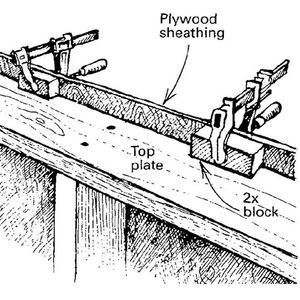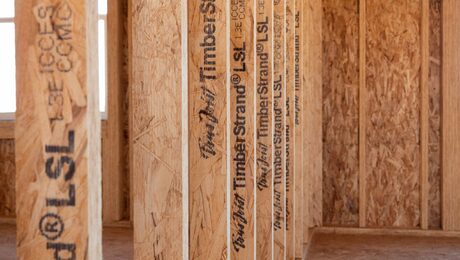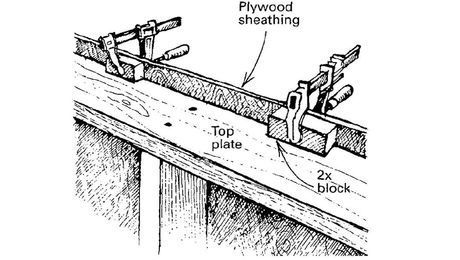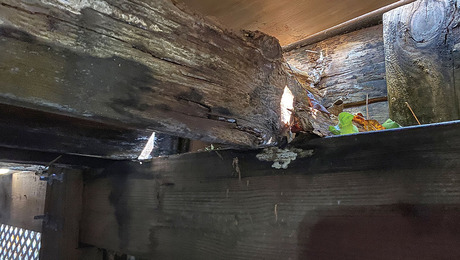Simple Workbenches
These site-built benches are easy to make and simplify many jobs.
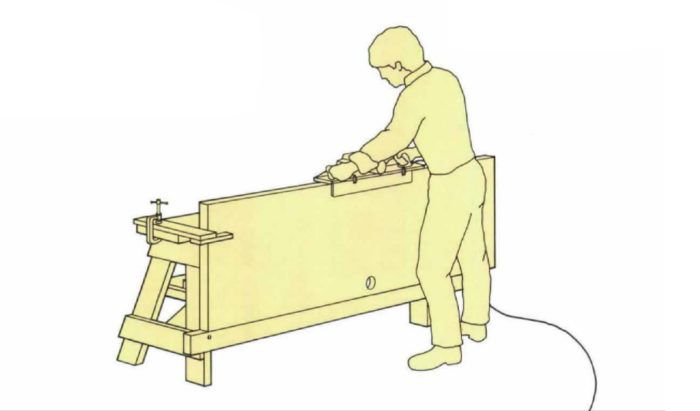
Synopsis: Finish carpenters and door hangers will appreciate these two simple designs for workbenches that are easy to make and light enough for one person to carry around. A sidebar describes a simple portable table for cutting sheets of plywood.
Thumb through carpentry textbooks from the turn of the century, and you’ll find pictures of carpenters wearing coveralls to protect their white shirts and neckties from sawdust. Some carpenters even wore felt hats with feathers tucked festively into the hatbands. You won’t find many neckties on construction sites today — or many felt hats. But in other ways, things haven’t changed much since those more genteel days.
Back then it was customary to build sawhorses, workbenches and stepladders as soon as the framing lumber arrived. It’s still a good idea to fabricate a workbench or two. Even though houses are fashioned with different techniques and tools now, these benches are useful when you need more than a sawhorse. They can be made from the same materials that go into a house — a length of 2×12 or 1/2-in. plywood, 2x4s and some 1x material. They are not as heavy or elaborate as the benches used by cabinetmakers, and they aren’t difficult or time-consuming to put together.
There are two benches I especially like. One of them is a carpenter’s bench with a 6-ft. long top made from a 2×12 and an adjustable ledge that holds up a door while you work on it. The second is a door bench that is light yet strong enough to support a door while you plane it to size. What makes this one unique is an opening in the top where you can stand as you walk the bench from room to room. Both benches can be assembled with glue and drywall screws.
The carpenter’s bench
The American Technical Society began publishing craft books in 1910, and the illustration for this bench was still included in its 1960 edition of Fundamentals of Carpentry. That’s where I first saw it. The bench top is only about 1 ft. wide, but it still holds a number of tools, and there is a shelf in the base for any tool overflow.
The 2×12 top overhangs the base by 6 in. on each end. The top is flush with both the frame and the legs on the side you face as you work, and it overhangs the back of the bench slightly. The legs are made from 2x4s. The legs in front are at right angles to the top, and the back legs are slightly splayed to stabilize the bench. Tied together with 1x braces and stiffened by a shelf cleat, the bench is strong and rigid.
For more photos, drawings, and details, click the View PDF button below:



